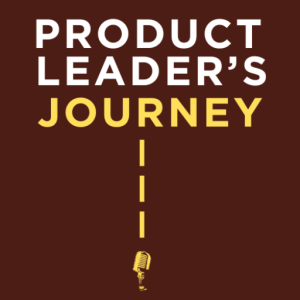
Sharing a book I enjoyed reading on a recommendation – “Going on Offense” by Behnam Tabrizi of Stanford University. It is about how companies need to transform themselves in order to be continuously innovating. The book just released about a week ago. I couldn’t put it down, partly because I can relate to my experience driving 0-1 innovation in startups and large companies, but mostly because of the book’s content and organization. The author dives into the following drivers and characteristics of continuously innovating organizations:


